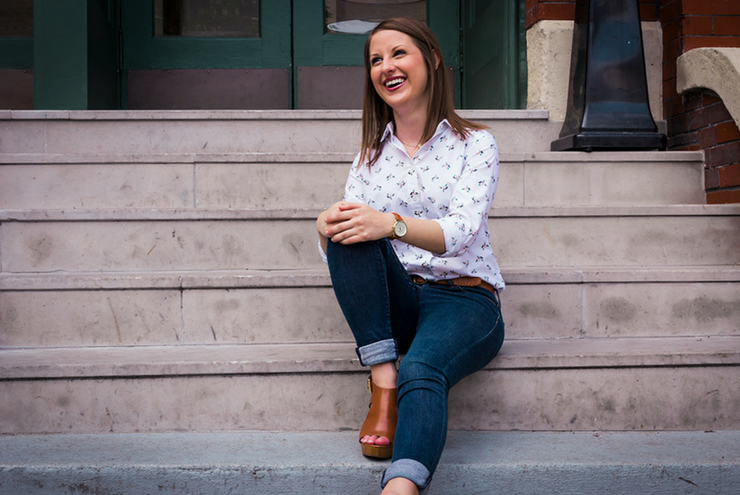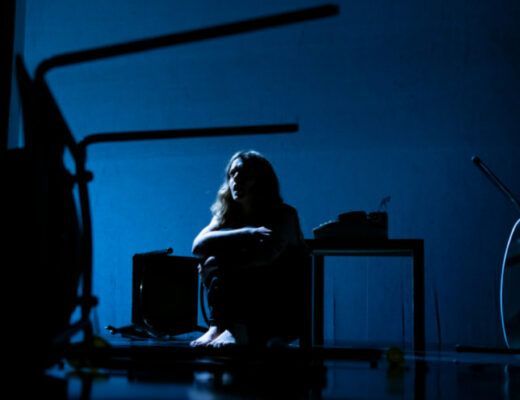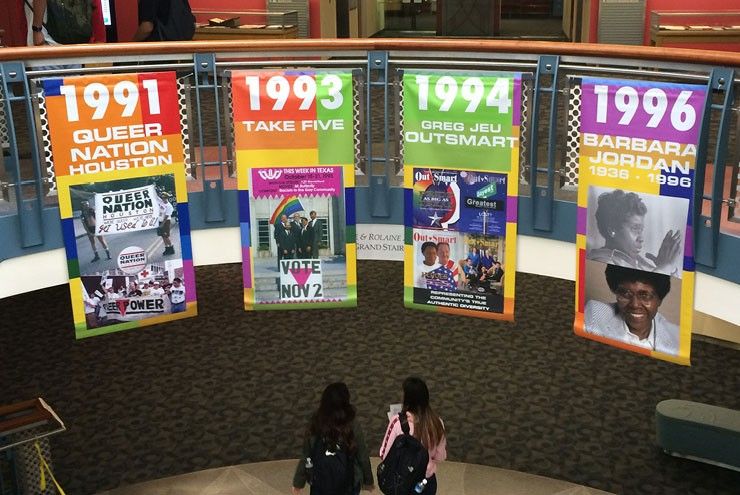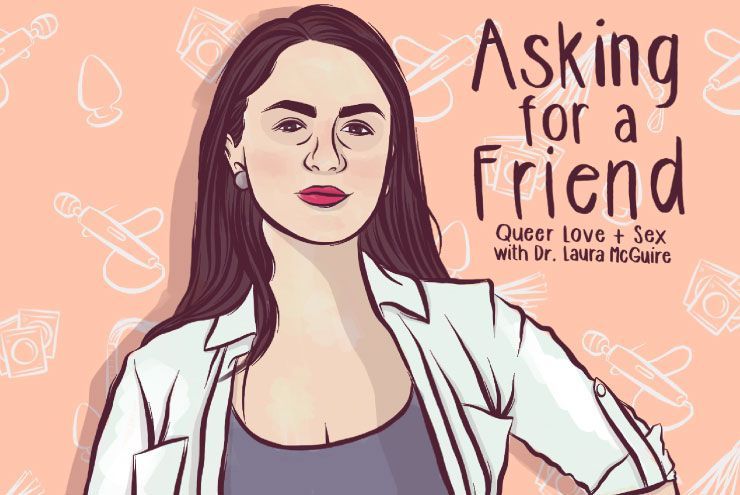By Megan Smith
The rich, smoky smell hits me as soon as I open the door. My belly grumbles, ready for its fill of ribs, brisket, sausage, and more. In Texas, our meat—especially our barbecue—is no joke.
I pile my plate, pick up my tray, and look around for the group I’m meeting. But as I pass the taxidermy buffalo, deer skulls, and cowboy murals on the walls, I reflect on the irony of this gathering place. While the décor may scream traditional South, the southerners I’m meeting here do not.
I spot my table across the room and wave to my friend Koomah, an intersex activist and performance artist. Around them sits a table full of trans folks—some visibly so, others with passing privilege, but all laughing and enjoying their dinners. This is a celebration for the great gender theorist Kate Bornstein who has joined us for a meal with community the night before she gives the keynote address at the Houston Transgender Unity Banquet. As a journalist who helped cover the event, I was lucky enough to get an invite.
I grab a chair and begin to chat with the others—a little starstruck by Kate who sits diagonally across from me. I’m possibly the only cisgender person in the group and my traditional feminine appearance stands out like a sore thumb. I’m increasingly aware that, to the other patrons who curiously glance at our table from the corners of their eyes, I look like the odd one out. I’m increasingly aware that, unlike those around me, my queerness isn’t visible.
Growing up, these glances would have rattled me. I never wanted any kind of attention. I had always known I was queer—as if I was looking at the world through a completely different lens than those around me—and I wanted nothing more than to blend in to the crowd. I associated visibility with embarrassment and shame. Visibility meant being bullied because of my small size, my off-brand clothing, or my family’s then-clunker of a car. If I wasn’t seen, I was safe.
That is, until I started dating my first girlfriend in high school. When she kissed me that day by my windowsill, it was as though she was the first person to ever truly see me. She effortlessly peeled back all of my layers—ones that I had worked so hard to keep intact—and loved me at my most vulnerable. I wanted to laugh, cry, and throw up all at the same time. It was as if she was permitting me to finally be visible. In that moment, I swore I’d never hide again.
But being both feminine and queer, that promise wasn’t an easy one to keep. I often say that femmes are—to quote Garbage—the queerest of the queer. We walk a lonely line between passing in, but not belonging to the straight world, and belonging to, but being invisible in the queer world. I tried to change my clothes—swapping my dresses and bows for ripped jeans and band tees, desperately trying to fit my pre-conceived notion of what being gay “looked like”—but I felt hopelessly uncomfortable. It was as if I was in drag—and not the fabulous kind. I was visible only through my partner—something I still struggle with—and when that came to a close, so did my outward queerness. Heartbreak sets in a lot deeper when both love and visibility are lost.
If I couldn’t change my appearance to be more visibly queer, I was determined to be an expert on the subject. It was my way of proving my queerness. I found my queer family in college—others who questioned the social constructs that alienated us—and experienced the immeasurable power of community for the first time. I immersed myself in queer culture, studying the history, literature, art, and film of LGBTQ trailblazers. The feelings of queer loneliness that spilled onto the pages of works by Gore Vidal, Ann Bannon, and James Baldwin matched my own, and the more I learned, the stronger the connection to my queer identity became. The more I wanted my queerness to be visible.
But having all the queer knowledge in the world doesn’t help me when navigating a queer space. Sporting a little black dress and heels, I feel powerful in my femininity. I try to catch the eye of a cute girl at a queer bar, only to have her see through me, wondering why a straight girl would come to a place like this. It is in these moments I’m aware that I’m not visible. This space, one with a longstanding history of being a safe haven for freedom of expression, suddenly doesn’t feel so welcoming.
Back at the table with Kate, I look around at the smiling queer faces surrounding me. I feel perfectly at home. These are my fellow revolutionaries. My friends. My community. My family. But do they see me? Do I truly belong? Am I welcome here?
We finish up our plates, lick the extra sauce from our fingers, and pose for a few pictures before we go. Kate unexpectedly takes the magazine I’ve brought with me from my hands. She flips to the page with her interview, and writes an inscription: “Miss Megan—always lovely to meet a smart fierce femme. Love + Respect, Kate.”
Femme was underlined.
And in this moment, I know I am visible.








TBL K.Garner
June 25, 2017 at 6:56 PMOmg this is such a healing article to read. As a bisexual in a percievably heteronormative relationship but also someone who is non binary on the inside but mostly femme presenting on the outside, I’ve been really struggling to know what my place is. Thank you for writing this!
Heather
June 27, 2017 at 12:44 PMI cried reading this. As a queer pansexual femme (living in the South especially) this captured my experience so well. Even as someone who works with and advocates for queer community, I often remain invisible. The lonliness of this has always haunted me. Thanks Megan for giving voice to our stories!
Connie
June 27, 2017 at 3:18 PMthank you for standing up and speaking out.
Cindy Anderson
July 13, 2017 at 3:55 PMRock On!
Donna
July 14, 2017 at 9:21 PMBRAVA…#only1you
kimbal
July 18, 2017 at 2:20 PMWhy not embrace the term lesbian instead of queer? We are losing the term and it is time to reclaim it and everything it stands for